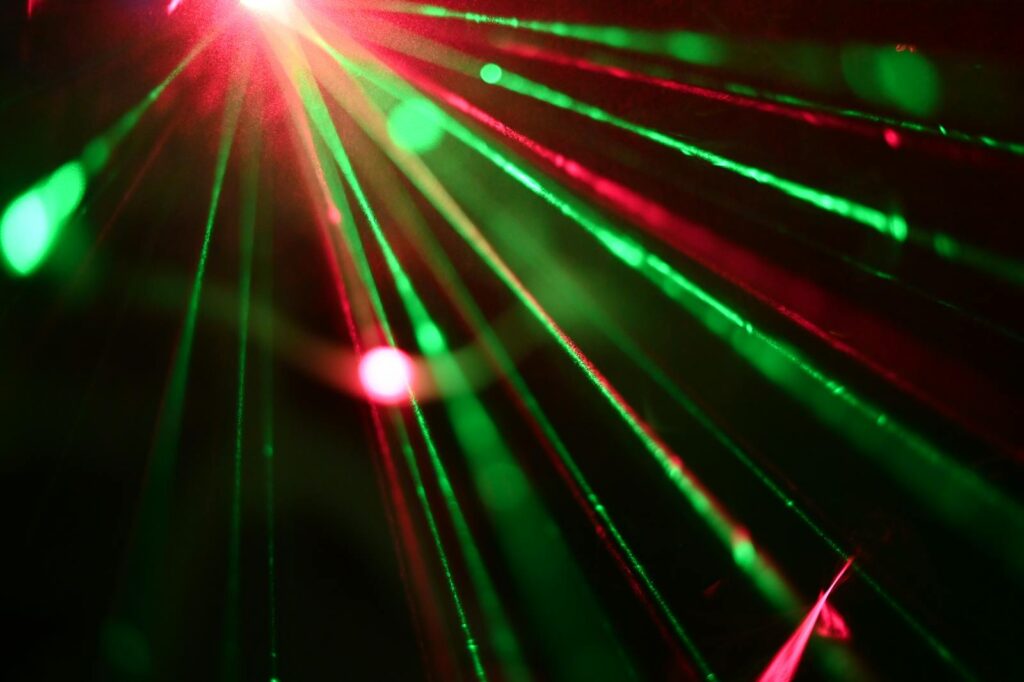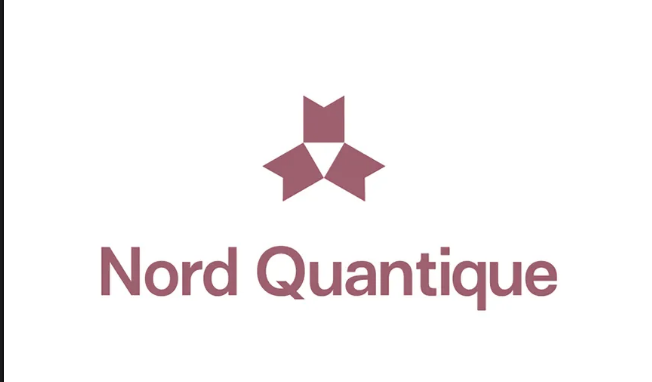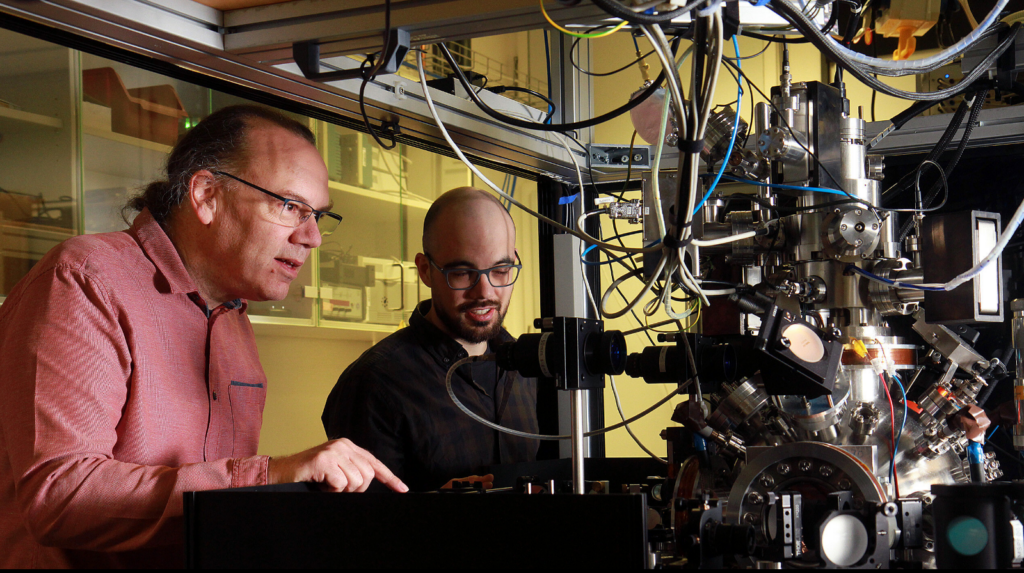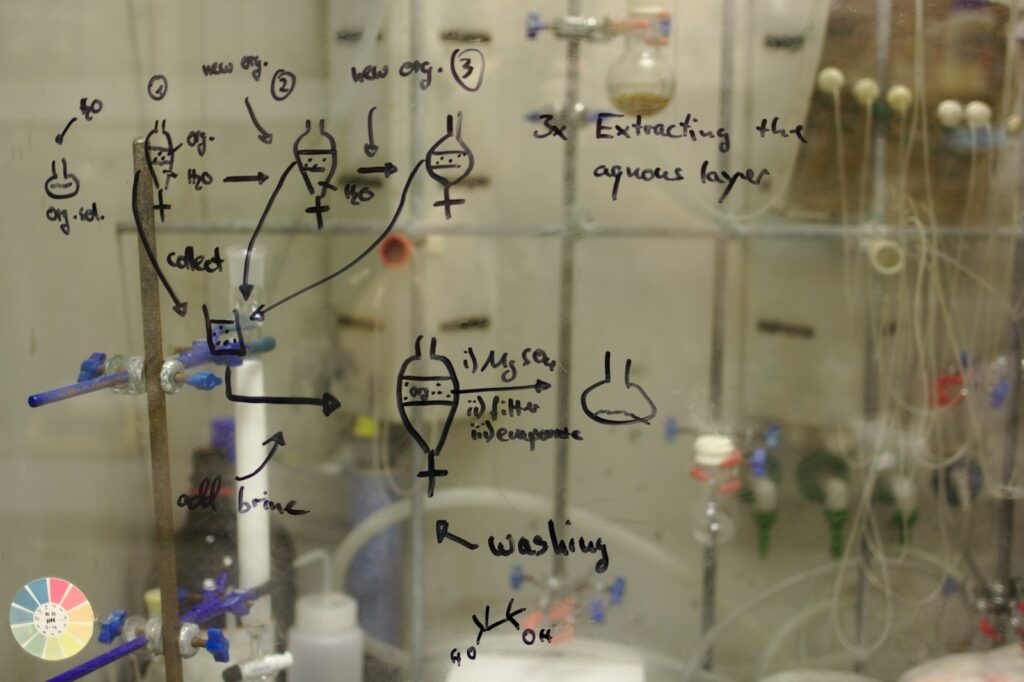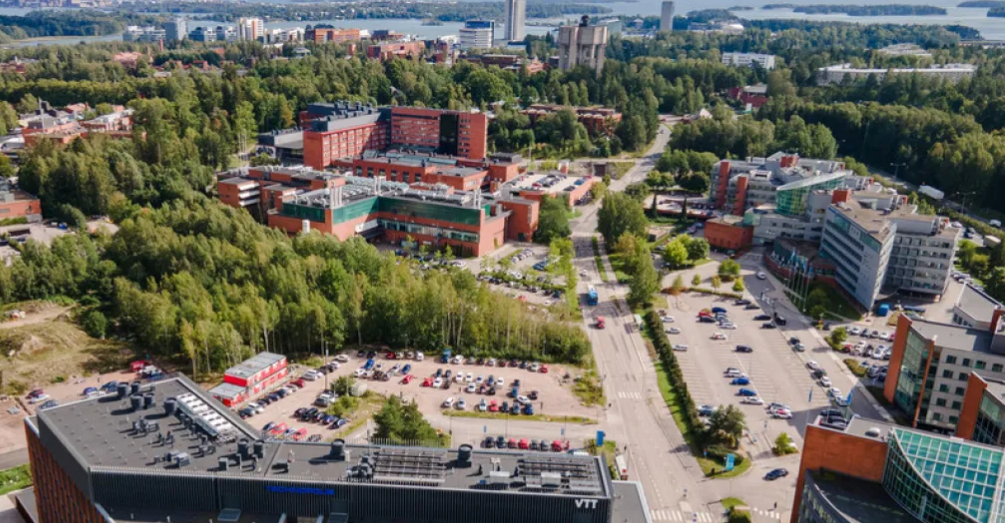Insider Brief
- Abstract graphical representation of complex quantum entanglement states, such as “stars,” “rings,” or “trees,” elegantly simplifies the massive computational power and complex mathematics involved in quantum information technologies.
- Max Planck Institute of Quantum Optics scientists have succeeded in creating a ring-shaped and a tree-shaped graph state in an experiment.
- In a future quantum internet, light quanta could be entangled to form a quantum message that is much more stable against losses.
- Image: Quantum mechanical graph states are here visualised as GO stones for the qubits, which are entangled with each other. © C.Hohmann/MCQST
PRESS RELEASE — The entanglement of quantum systems is the foundation of all quantum information technologies. Complex forms of entanglement between several quantum bits are particularly interesting. However, this not only results in massive computing power, but also sheer explosions of formulae when they are described mathematically. The abstract graphical representation of these complex states in the form of “stars”, “rings” or “trees”, for example, offers an elegant simplification.
Olivier Morin’s team in the department of Gerhard Rempe, Director at the Max Planck Institute of Quantum Optics in Garching, has now succeeded for the first time in creating a ring-shaped and a tree-shaped graph state in an experiment. This is a major breakthrough for the development of quantum computers or the quantum internet. In a future quantum internet, which Rempe has long been researching as a pioneer, light quanta could thereby be entangled to form a quantum message that is much more stable against losses.
The work is published this week in Nature.

The concept of entanglement forms the basis of all quantum information technologies that are being researched and developed, whether it is quantum computers or the quantum internet. Pairs of quantum bits, or qubits for short, which are entangled with each other, serve as the basic element. You can imagine such a pair as two LED lights connected to each other via a cable. By plugging more and more of them together, longer chains of lights can be formed. The lights represent the qubits, the pieces of cable the entanglement between them. This allows to create not only chains, but also rings, stars or tree-shaped structures.
However, what is drawing an image as Christmas decorations in this analogy can also be highly interesting for quantum information processing, now back in the form of entangled qubits.
“With a ladder-shaped configuration of entangled qubits, for example, a universal quantum computer can be built,” explains Gerhard Rempe. However, his research interest lies in the quantum internet, in which quantum information, packaged in entangled photons as “flying qubits”, are sent via fibre optic networks. The biggest challenge here is the loss of photons, which increases exponentially with the length of the transmission. As an antidote, it would be clever, for example, to superimpose a tree-shaped entanglement on a stream of photons flying one after the other.
“
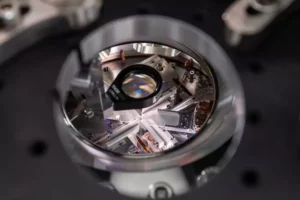
You could write quantum information into it redundantly,” explains Rempe, “and even if only half of the photons arrived at the receiver, it could still recreate this information.”
Elegant graph notation for complex entanglements
Viewed from the outside, the stream of photons would always resemble a string of pearls, according to the physicist, regardless of the shape of the photons’ graphical quantum state. The graphical representation as a star, tree or ring is located in an abstract mathematical space. Mathematical physics developed it many years ago in order to solve a problem: The more qubits are entangled with each other, especially in cross-connections, the more gigantic become the quantum mechanical formulae that one would need to write down. This is essentially the same exponential explosion that produces the computing power of quantum bits. The graphical representation, on the other hand, is delightfully simple: nodes symbolise the quantum bits, lines between them the entanglement.
Extremely difficult to realise experimentally
What appears wonderfully elegant and simple in theory is, however, extremely difficult to realise in experiment. “In 2007, we first imagined that we could produce quantum mechanical graph states using our experimental techniques,” summarises Rempe. The physics professor has spent decades perfectioning a process in which individual atoms are trapped between two highly reflective mirrors. These optical cavities can be used to tackle various fundamental questions in physics, such as how light interacts with matter. Such a cavity acts on the atom like two mirrors between which one can place oneself, seeing oneself a zillion times as a reflection in a reflection and so on. Once an atom illuminates, i.e. emits a photon, it “sees” hundreds of thousands of illuminated atoms, mirror images of itself. This forces the atom to emit the photon exactly in the direction of the mirror axis. One of the two mirrors is just slightly permeable, as it is in a laser, and so the photon can escape the “hall of mirrors” and be registered by a detector. It is only through this trick that the researchers know where to look for the tiny photon and can thus position the detector correctly. The atom itself, floating in a field of light, can be manipulated through the open ends of the cavity using lasers and high-precision optics.
Physically separate qubits are fused into a single logical qubit
In 2007, a doctoral student managed for the first time to induce an atom to emit two entangled photons in this way. This was the initial spark for Rempe. In 2022, Olivier Morin’s group in Rempe’s department achieved 12 chain-shaped and 14 star-shaped entangled photons – a world record.
However, mathematically speaking, these were only one-dimensional graph states, including the “star”. In order to arrive at rings or trees, a second dimension was needed, an “area” in the abstract space of graph states. The team captured two rubidium-87 atoms in the optical cavity and prepared a one-dimensional graph state with both atoms, in which the atom is entangled with many photons. Through a joint measurement on both atoms, the two physically separate atomic qubits are then “fused” into a single “logical” qubit. This then generates a two-dimensional graph state. In this way, it has been possible to fuse simple photon chains into a tree-shaped graph state, for example, and thus generate complex entanglement patterns suitable for sophisticated applications.
“The implications are gigantic,” Rempe comments on this breakthrough after an almost decade-long scientific marathon: “A whole new research community is currently forming around the topic.”











